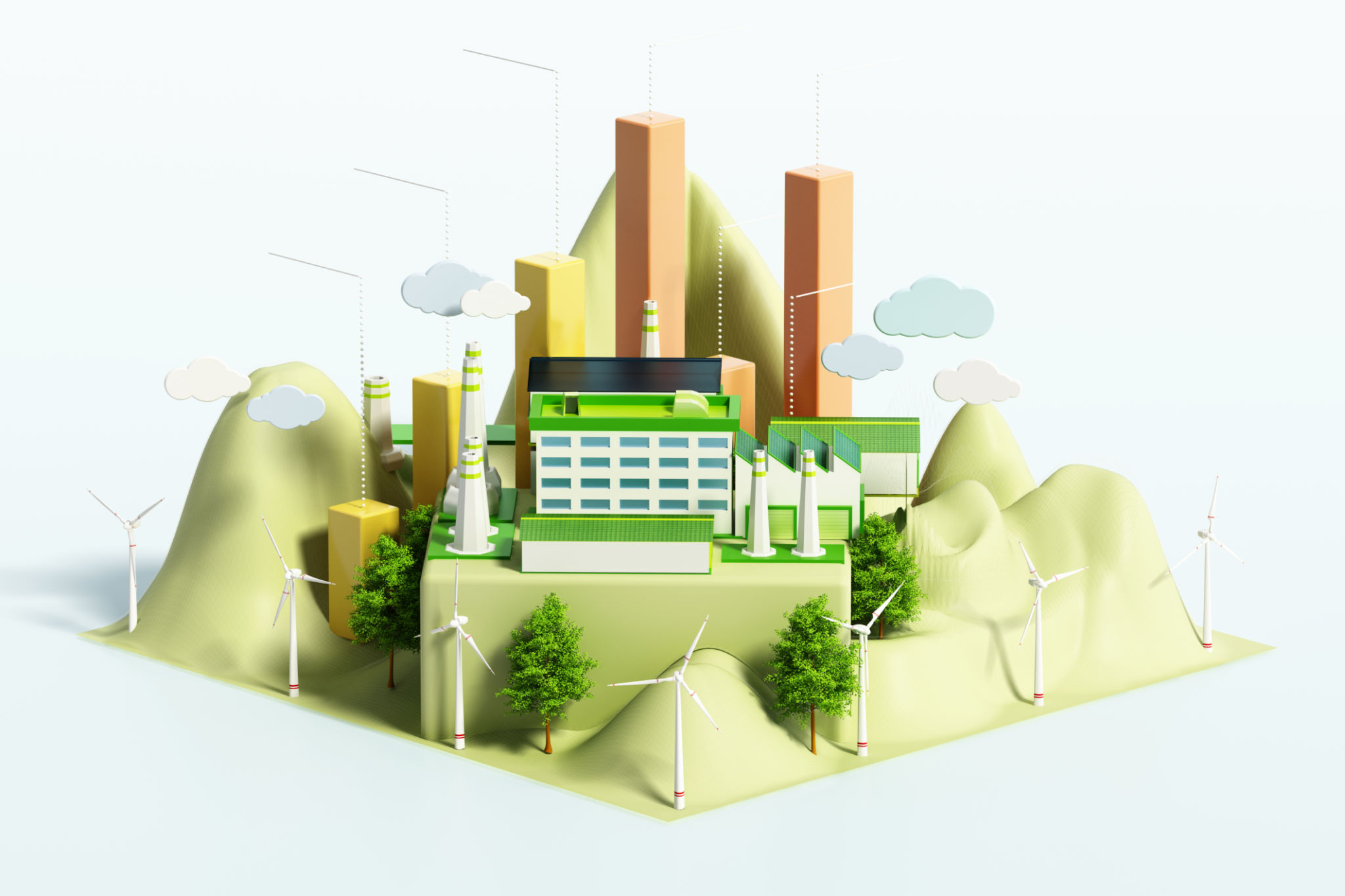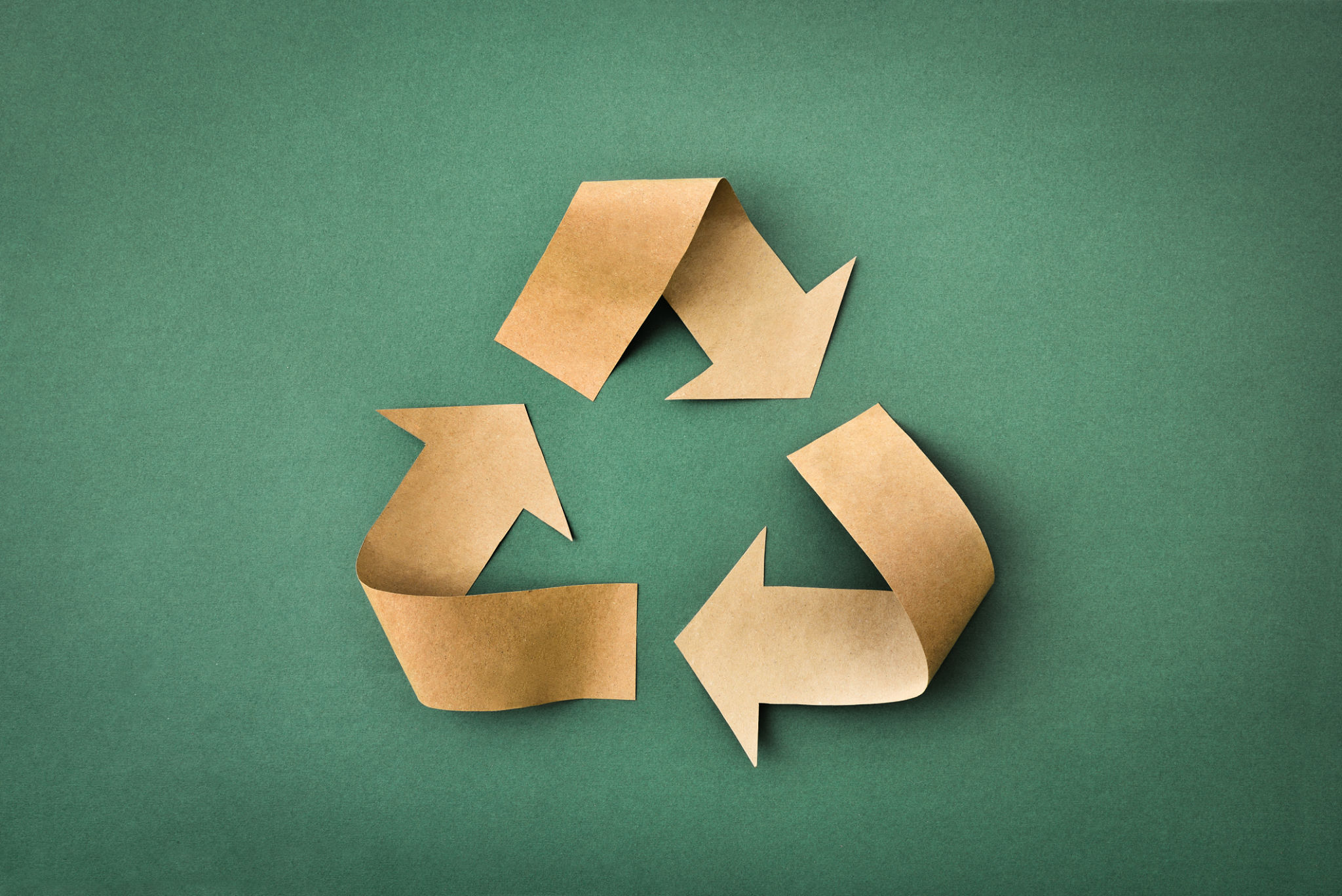The Benefits of Investing in Sustainable Art: A Guide for Environmentally Conscious Collectors
Understanding Sustainable Art
In the world of art collecting, a growing trend is emerging that blends creativity with environmental consciousness: sustainable art. This movement prioritizes artwork created with eco-friendly materials and practices that minimize the environmental impact. For collectors who are passionate about preserving the planet, investing in sustainable art is a meaningful way to combine their love for art with their commitment to sustainability.

What Makes Art Sustainable?
Sustainable art is characterized by its use of recycled, upcycled, or renewable materials. Artists often employ innovative techniques to reduce waste and carbon footprints. For example, some artists repurpose discarded items, transforming them into stunning pieces that challenge conventional notions of beauty. By choosing sustainable art, collectors support artists who are making conscious efforts to protect the environment.
The Environmental Impact of Art
Traditional art practices can have a significant environmental impact. The use of toxic materials, non-biodegradable supplies, and energy-intensive production processes contribute to pollution and resource depletion. By contrast, sustainable art seeks to minimize these effects by promoting responsible use of resources. This not only benefits the environment but also encourages a broader cultural shift towards sustainability in the art world.

Why Collect Sustainable Art?
Investing in sustainable art offers multiple benefits beyond environmental preservation. First, it provides an opportunity to support artists who prioritize eco-friendly practices, helping them continue their important work. Additionally, sustainable art often tells compelling stories about environmental issues, offering collectors pieces that are both visually stunning and intellectually engaging.
Financial Benefits of Sustainable Art
Beyond the environmental and ethical advantages, sustainable art can also be a lucrative investment. As awareness of climate change and sustainability grows, so does the demand for eco-conscious artwork. Collectors who invest in these pieces may find that their value increases over time as the market for sustainable art expands.

How to Start Your Collection
For those interested in beginning a sustainable art collection, there are several steps to consider:
- Research: Learn about artists and galleries that specialize in sustainable practices.
- Authenticity: Verify that the materials and methods used align with eco-friendly standards.
- Network: Connect with other collectors and artists who share your passion for sustainability.
The Future of Sustainable Art
The future of sustainable art is promising. As more artists and collectors embrace environmentally friendly practices, the movement is expected to grow exponentially. This shift not only benefits the planet but also enriches the cultural landscape by fostering innovation and creativity in the art world.

Conclusion
Incorporating sustainable art into your collection is a rewarding endeavor that aligns with a commitment to environmental stewardship. By choosing pieces that reflect eco-conscious values, collectors can enjoy the dual satisfaction of owning beautiful artwork and contributing to a healthier planet. As sustainable art continues to gain traction, those who invest now will be at the forefront of a meaningful and impactful movement.